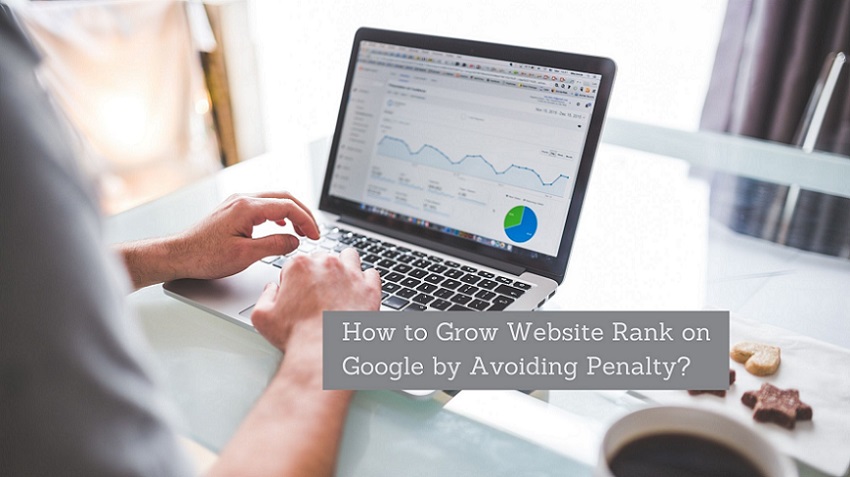There are several very powerful tools available on the market to assist businesses in visualizing their data. The problem is that many of these options are either difficult to use or prohibitively expensive. This is where Google Data Studio comes into play. Google Data Studio makes it simple to create custom reports and interactive dashboards, and the best part is that it is completely free to use. In this article, we will highlight some of the crucial features of Google Data Studio:
What is Google Data Studio?
Google Data Studio is a platform for building data-driven reports and dashboards. You can connect to a variety of data sources, including Google Sheets, BigQuery, and SQL databases, and create reports that include graphs, tables, and images.
You can also share your reports with others by exporting them as PDFs or publishing them on the web in Google Data Studio. Google Data Studio is available on both desktop and mobile devices and is free to use.
The features and functionalities of Data Studio listed below will assist you in getting started with basic but actionable reports.
Smart Dashboard
The dashboard and user interface of Data Studio are similar to those of Google Drive. So you’re already well-versed in the tool’s user interface. The following are the essential elements with which you will have a lot of interaction:
- You can look for reports, templates, and data sources using the Search Data Studio box at the top.
- The Recent section allows you to change the visibility of Reports, Data Sources, and Explorer.
- You can create a new Report, Data source, or Explorer from the left-side menu. This area also contains shared items and the Templates gallery.
- The gear icon in the top right corner allows you to customize several User settings fields.
Multiple Data Collection Sources
Data Studio relieves you of the burden of managing multiple versions of Google Sheets or Microsoft Excel files related to your work. The tool can analyze raw data from over 800 data sets via 490 data connectors. As a result, data from third-party sources such as Funnel, TapClicks, Amazon Seller Central, Asana, Jira Cloud, and others can now be imported.
You can also allow the tool to access and analyze data from Google products such as Campaign Manager 360, Google Analytics, MySQL, and Google Sheets.
When using Data Studio, you don’t have to be concerned about data integrity or security. It uses advanced encryption technologies to protect your data while it is in transit and within the tool.
Performance Driven In-Memory BI Engine
Assume you’re delivering a project performance report to a client. Even though you have premium and modern tools in your data visualization arsenal, the presentation is not going well because the data keeps loading. Furthermore, when working with multiple data sources, the lag maybe even worse.
Because of the BI Engine from the Google Cloud BigQuery team, Data Studio has sub-second performance. It’s in-memory data access and analysis service that works with your BigQuery data warehouse. As a result, you can display real-time data from hundreds of sources in a single dashboard that updates and loads instantly.
Interactive Data Visualization
The Data Studio report’s view mode is extremely responsive, thanks to advanced programming features such as chart interaction controls, drill-downs, and cross-chart interactions. As a result, a viewer can customize almost anything, from filters to metrics, to gain new insights from your reports.
Data Studio Explorer allows the viewer to delve deeper into your report by breaking down your graphs and tables into small chunks of data. When viewing the databases of a report, viewers do not need to be SQL database experts. Visual queries are available for viewers to use to explore databases.
Graphs And Charts
You can insert 14 different types of charts into your reports using Data Studio. Whether you need a bar chart, a pie chart, or a line chart, the majority of them are available with a single click. The in-memory BI Engine analyses the type of data and structures based on the charts or tables you choose.
In addition to charts, you can incorporate Community visualizations into your report to give it a more professional and creative appearance. You can freely access various visualizations such as Gantt charts, Radar charts, gauges, Start Ratings, and so on.
Real-Time Collaboration
You and your collaborators can work on the same Data Studio report in real-time, just like with other Google productivity tools. You can invite people to work with you, manage their access levels, and get a public link for social media from the Share menu at the top of the report.
If you share your Data Studio workspace with someone else, their Google profile will appear in the menu bar if they join. Other notable Data Studio features that facilitate collaborative work include:
- Allow collaborators to edit a reusable data source and incorporate it into their reports.
- Insert a Data Studio report into various media such as newsletters, emails, blogs, and so on.
- Deny third parties from copying, downloading, or printing your Data Studio reports.
Report Scheduling
It is critical to share the data visualization report regularly or as requested by the client. When you’re juggling multiple tasks and managing a team, it’s easy to forget to send project reports to your client.
You can plan with Data Studio’s Schedule email delivery feature. You can prepare a report for your client and schedule its distribution.
When the report is due, Data Studio will automatically notify your client. Furthermore, you can change the Repeat settings to tell the tool if the client needs to see reports at specific intervals.



